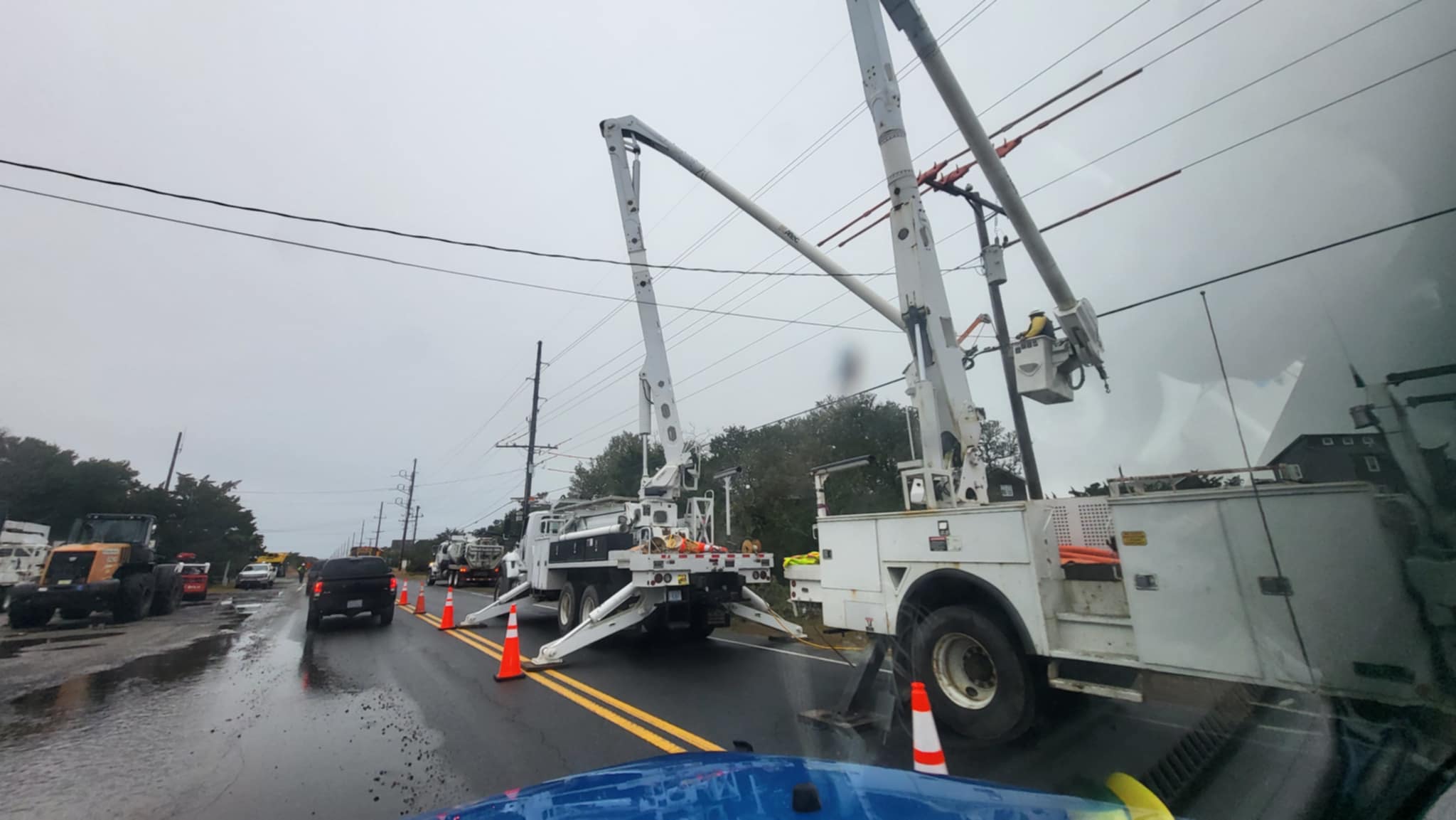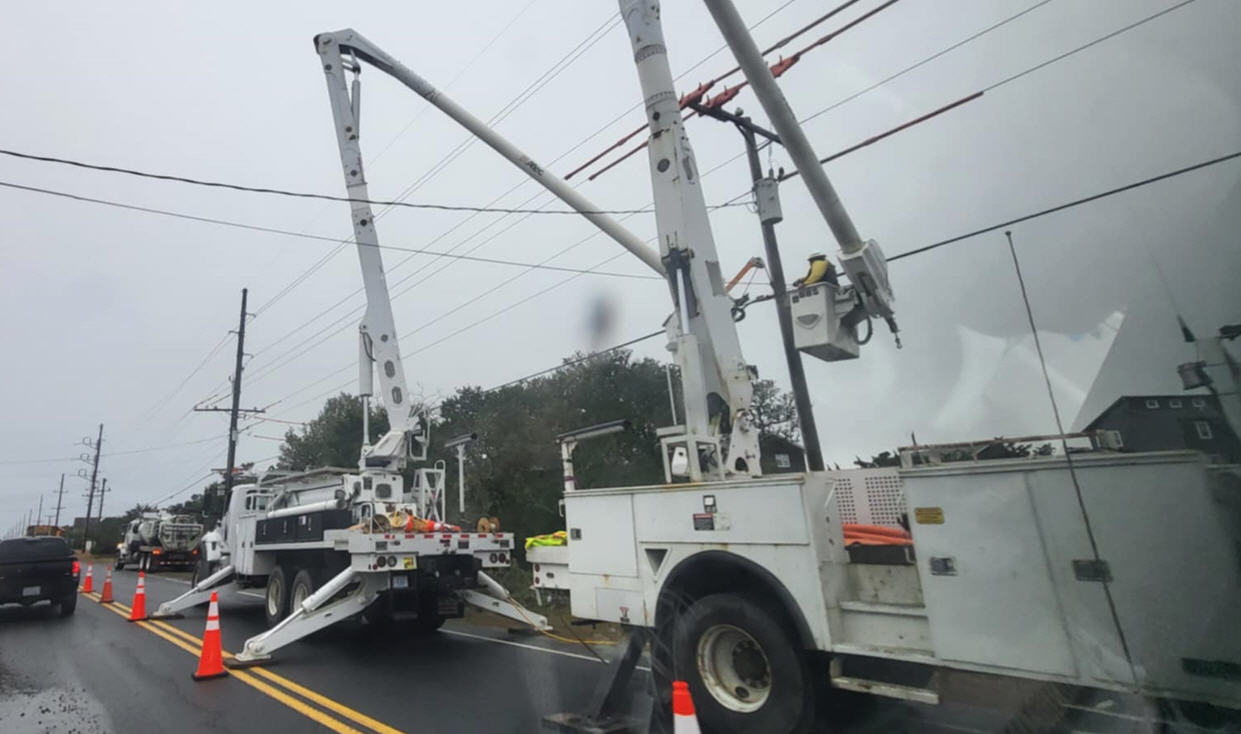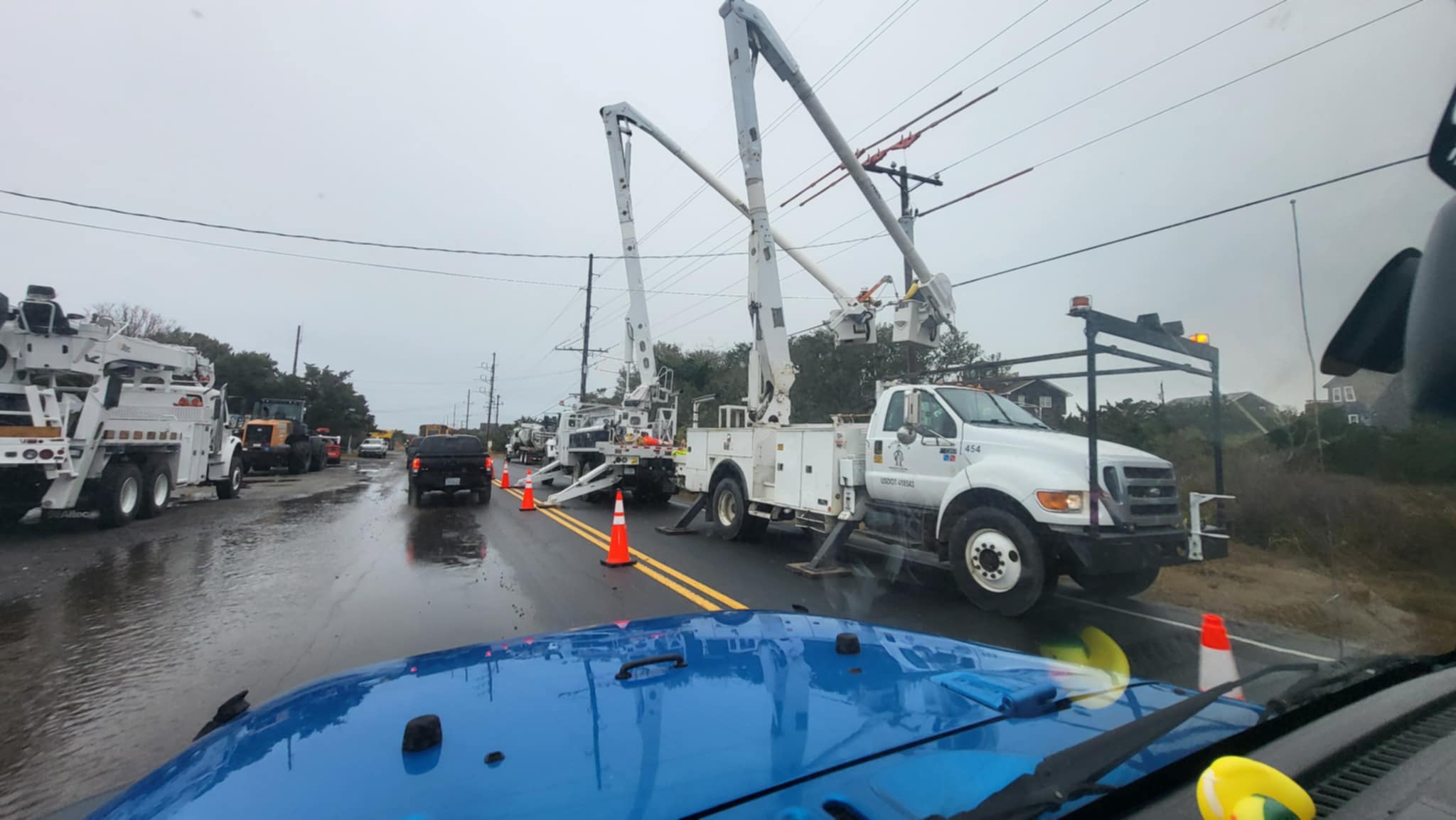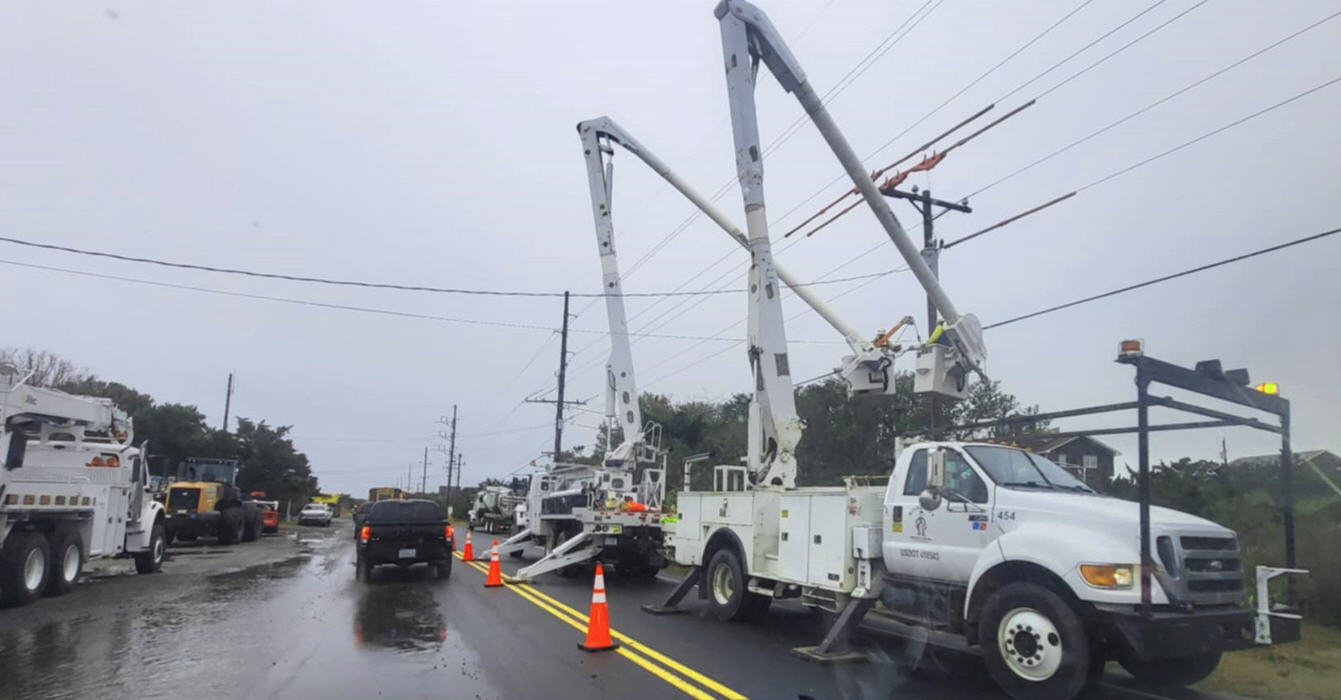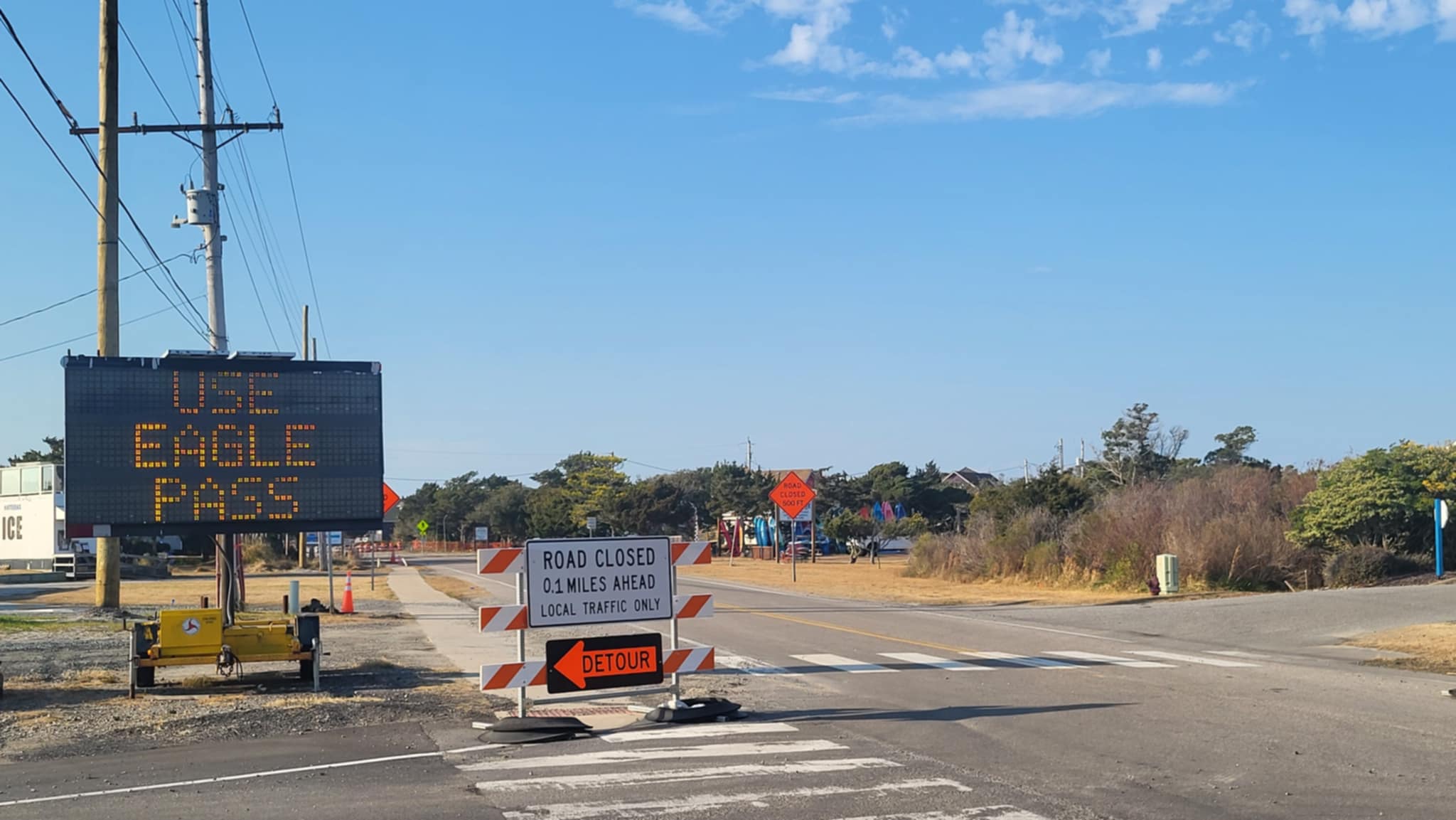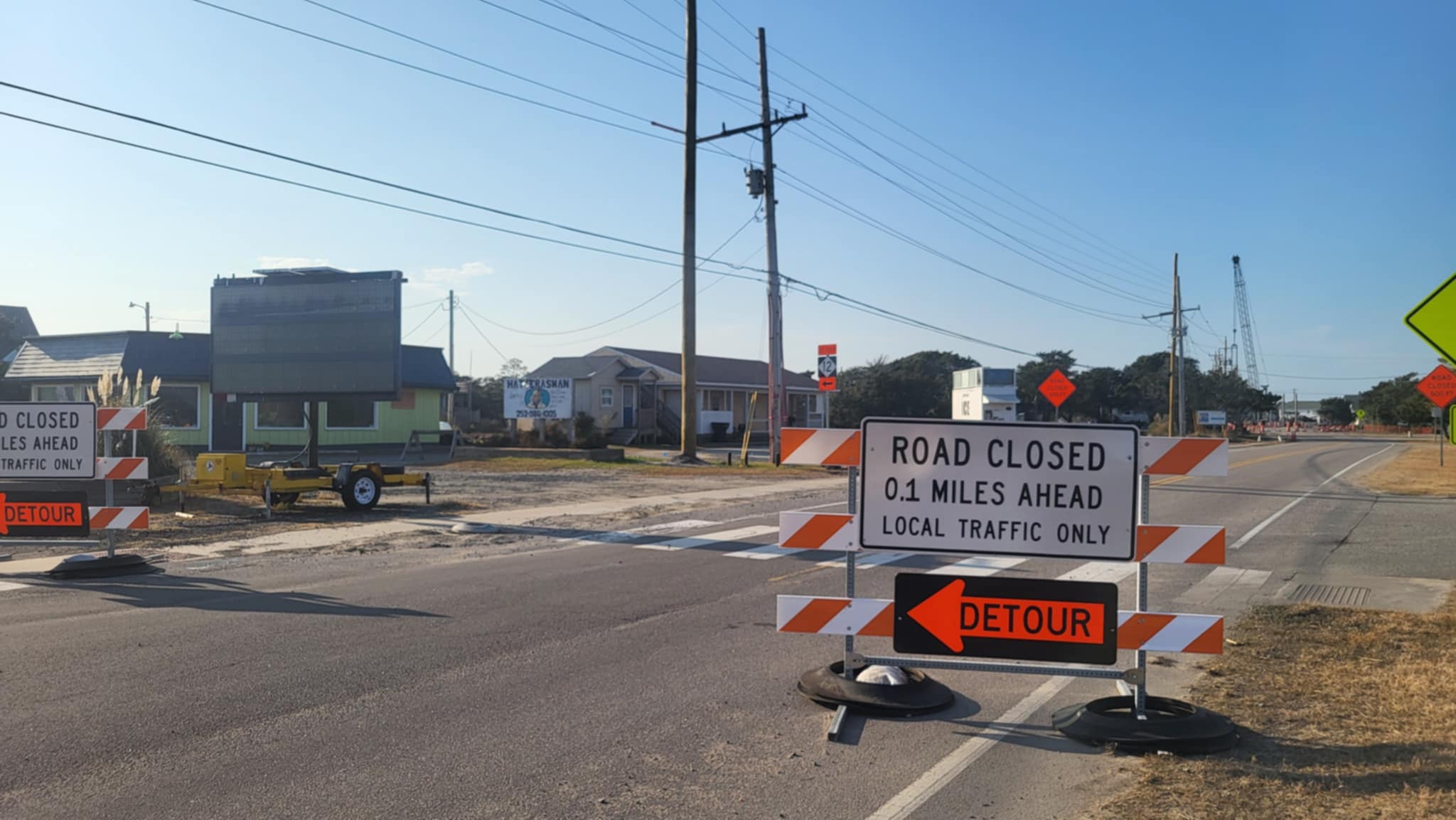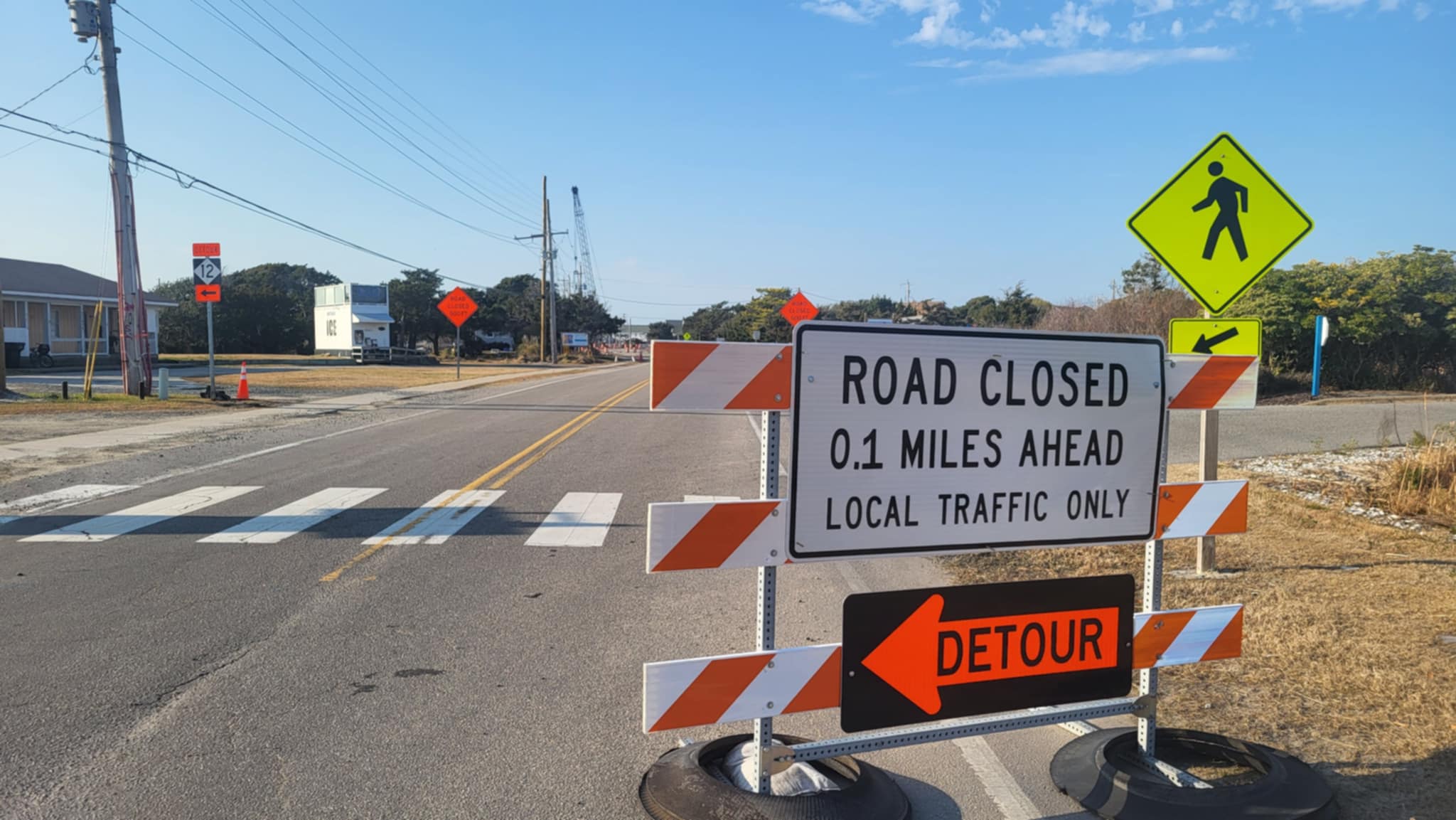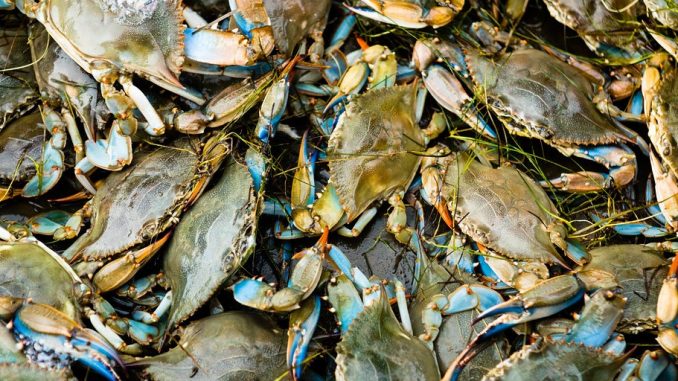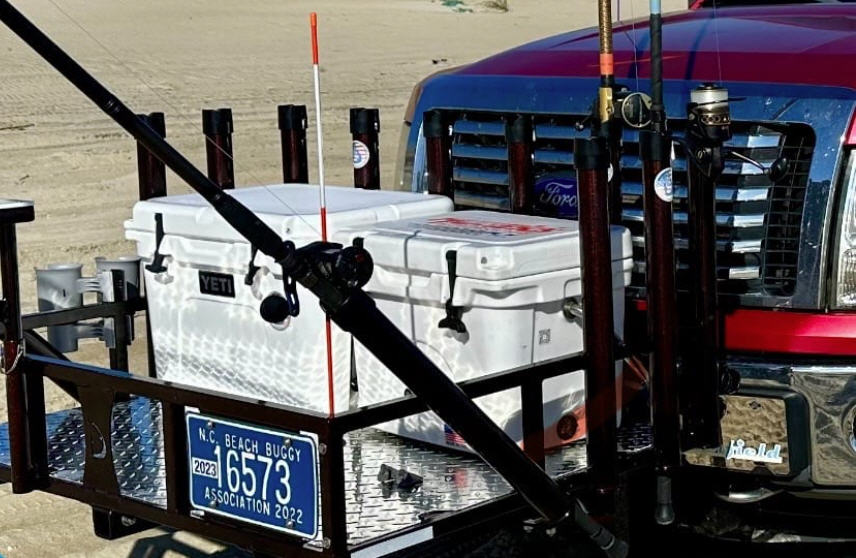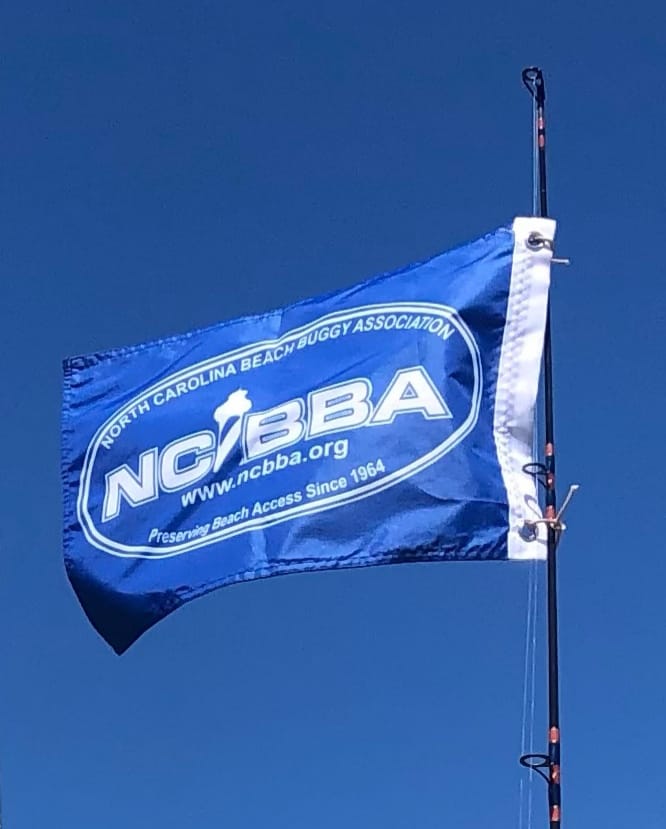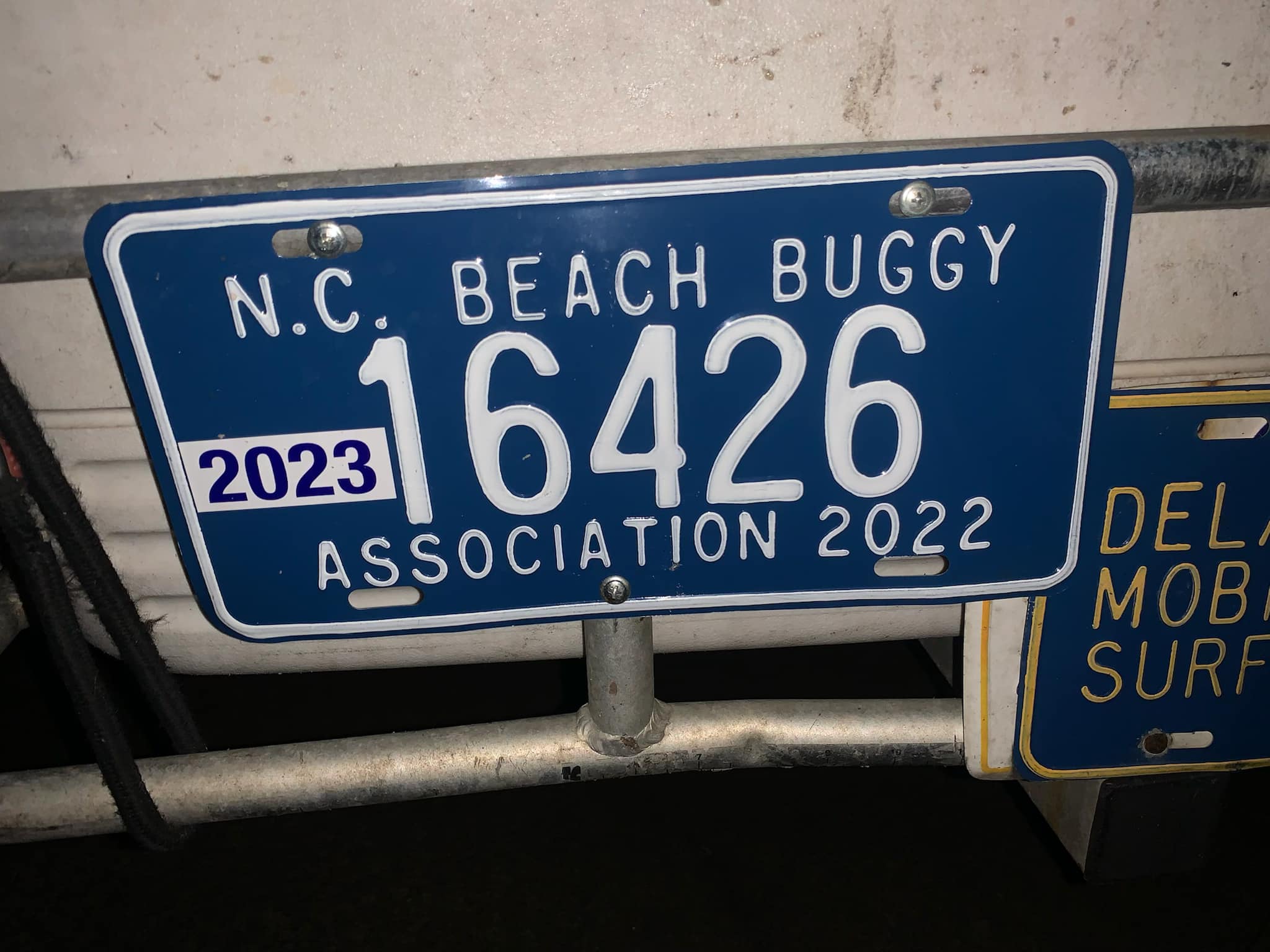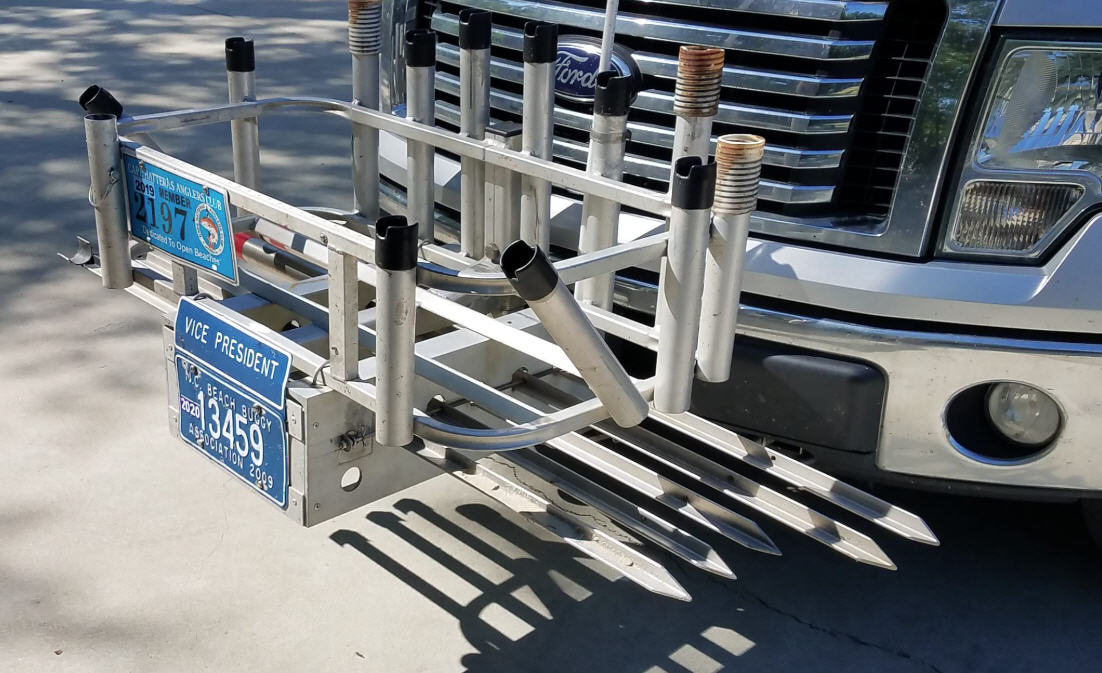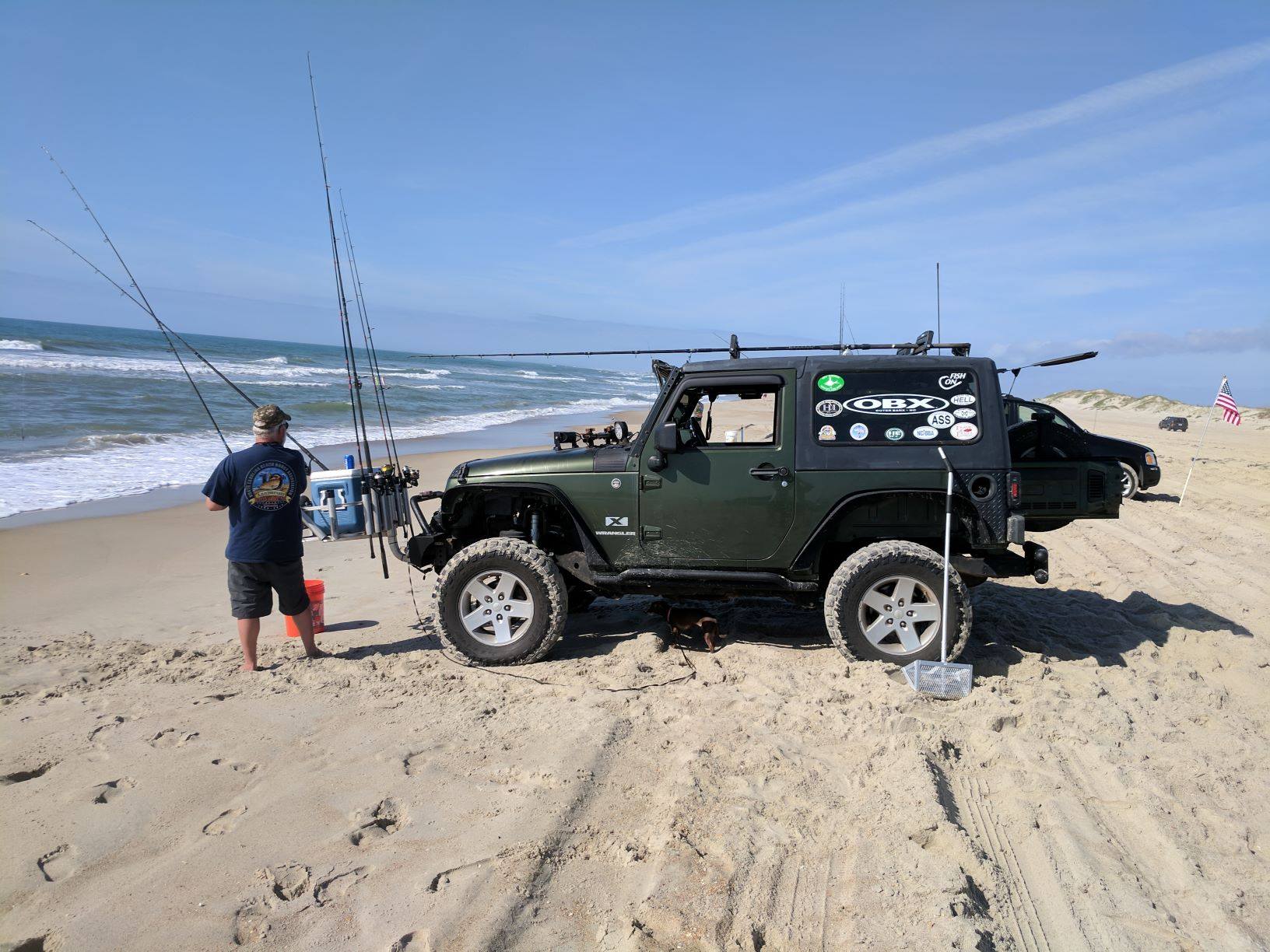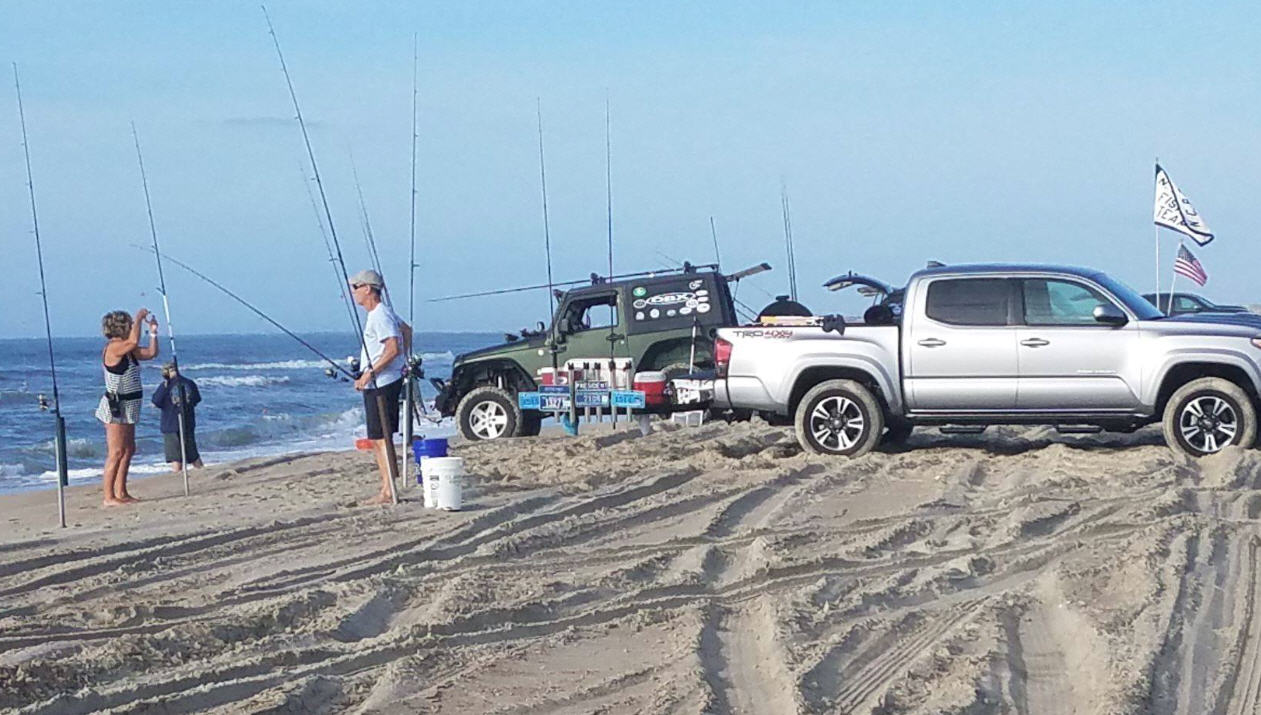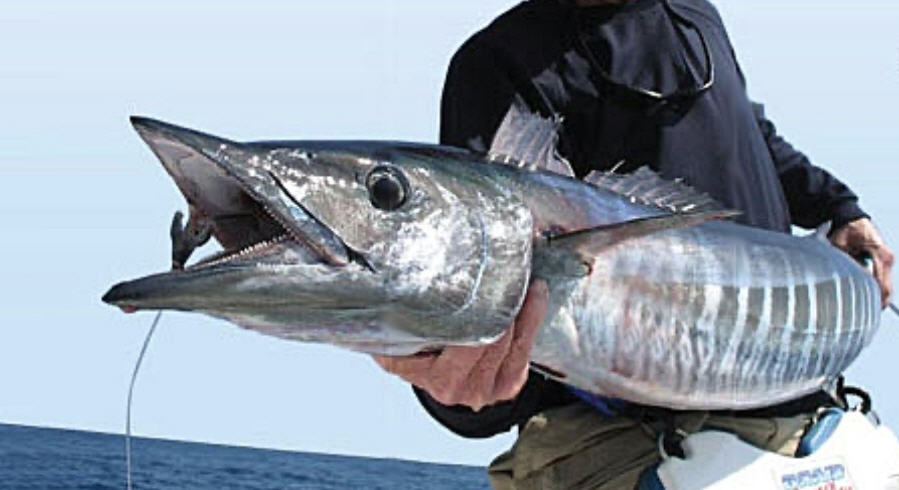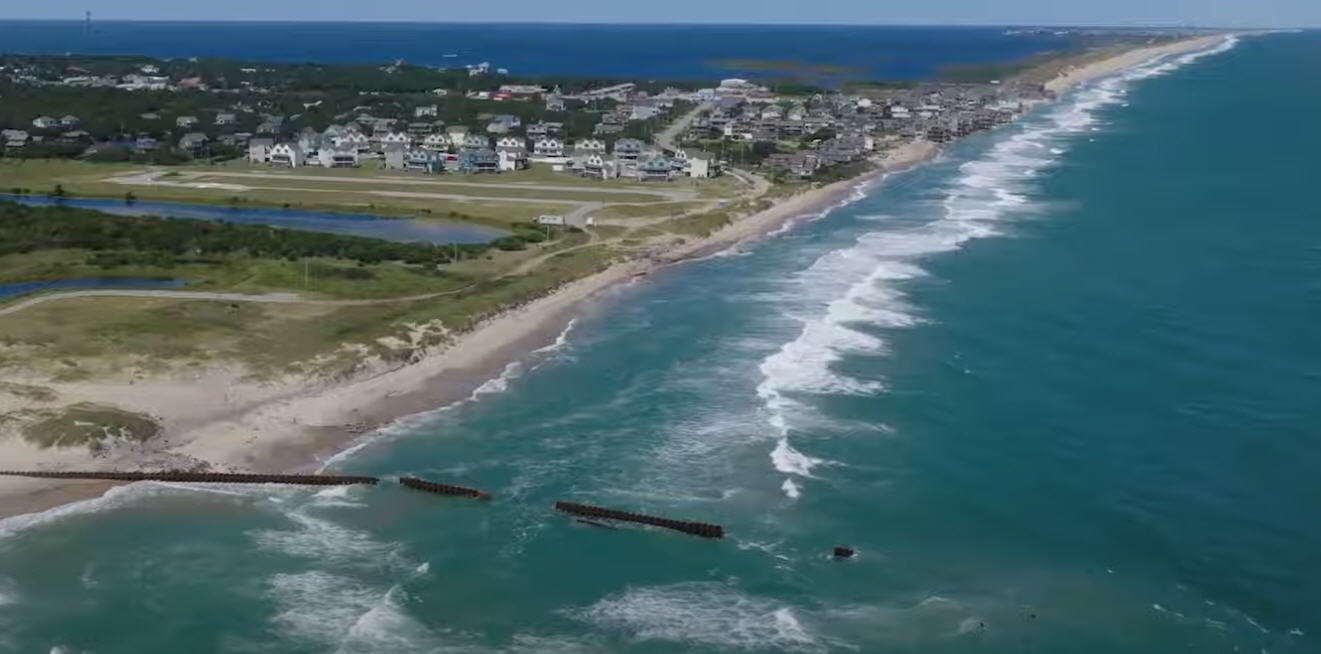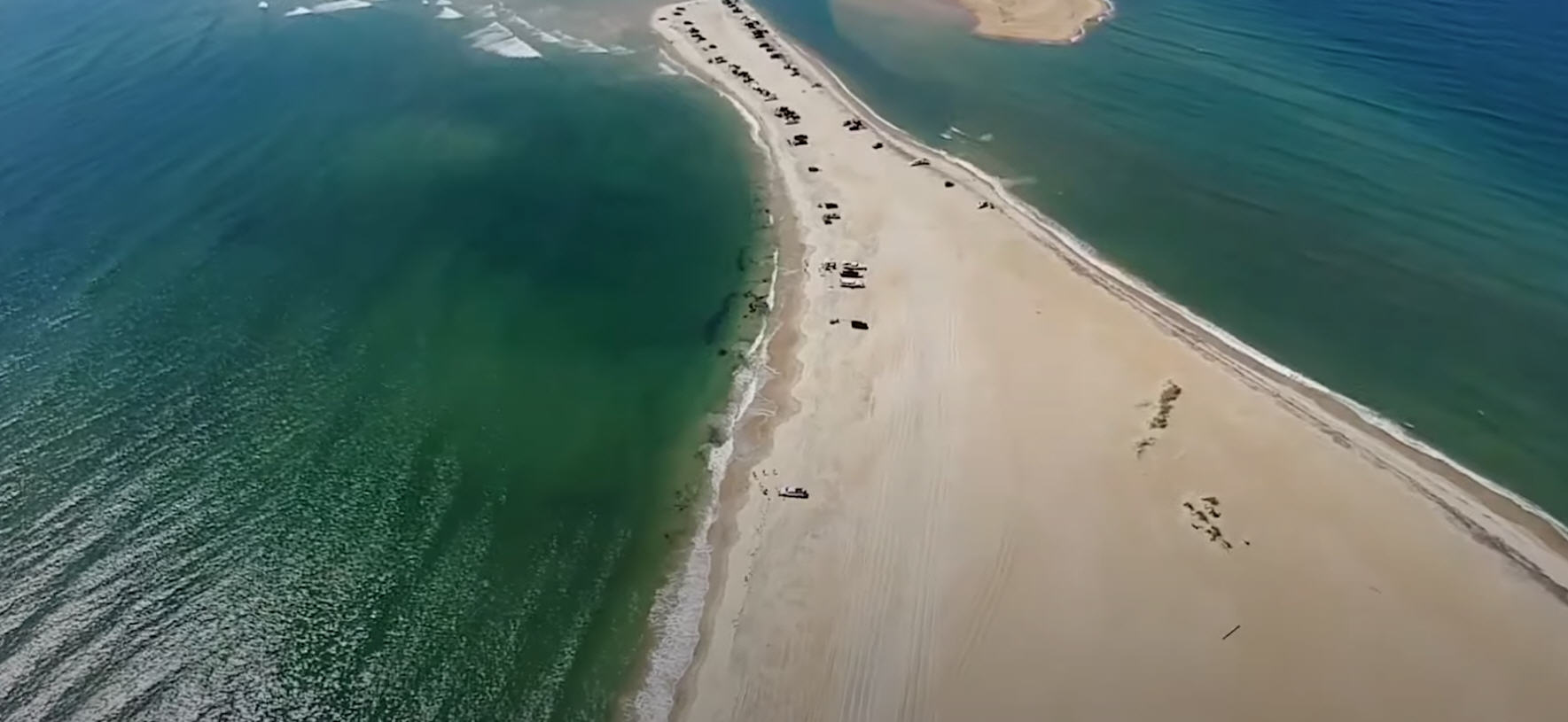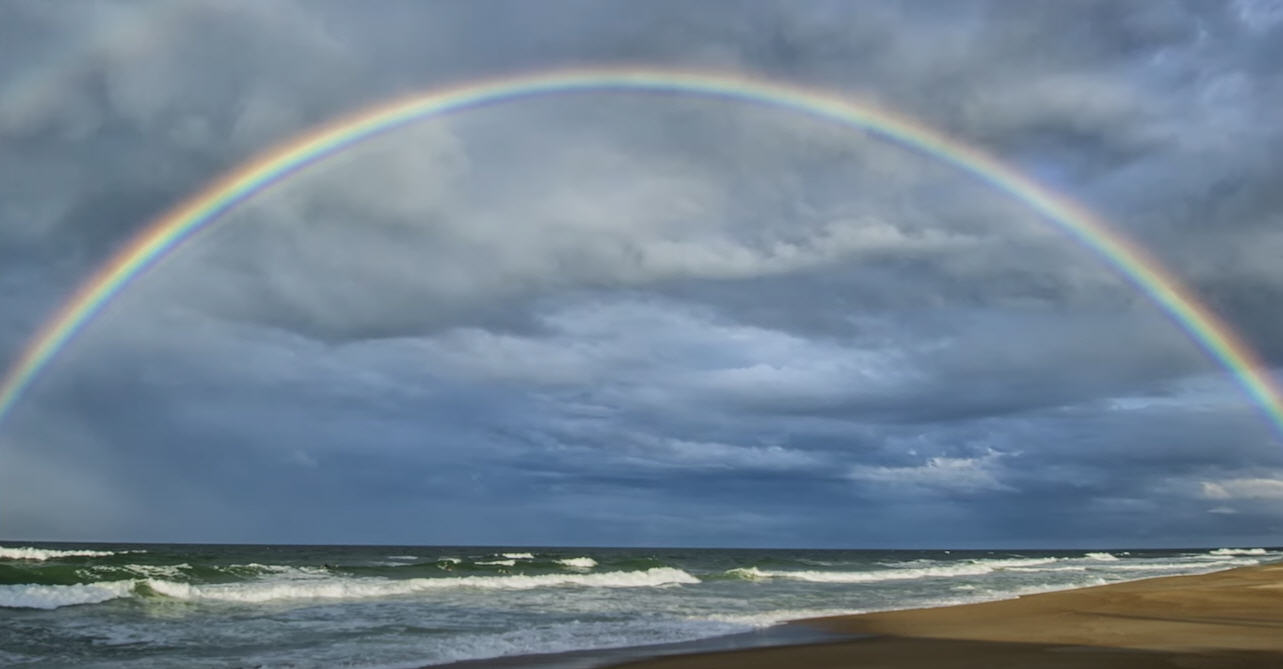Island History: A spotlight on stories from the Outer Banks’ Life-Saving Service
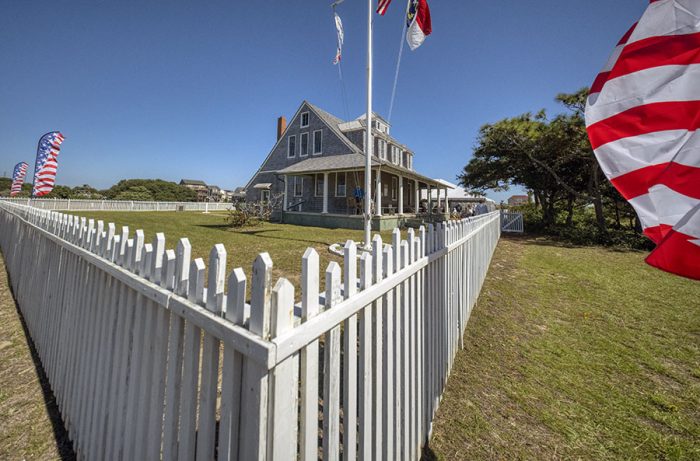
The Chicamacomico Life-Saving Station (CLSS) is celebrating its 150th anniversary this year, as one of the seven original Life-Saving Stations to be built in North Carolina in 1874.
As such, the Chicamacomico Life-Saving Station and Historic Site in Rodanthe will be sharing stories about the seven 1874 Outer Banks stations until the end of 2024, to celebrate and mark this milestone
The following is the next of these Life-Saving Station feature articles to honor the #LegacyofLifeSaving, written by Jen Carlson for CLSS.
Relentless and Undaunted at the Chicamacomico Coast Guard Station
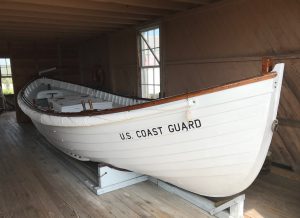
On August 16, 1918, the British tanker, Mirlo, exploded after being torpedoed by the German submarine U-117 near the Chicamacomico Coast Guard Station.
Seaman Leroy Midgett first noticed the tanker at about 2:00 p.m. as she traveled south along her route. About two and a half hours later, the first of three explosions was heard, and Leroy called out to Captain John A. Midgett Jr., alerting him of what he saw.
What followed was about seven hours of the most harrowing events a team of seamen could have experienced.
Captain Johnny led his crew towards the stricken tanker. Due to strong winds, the breakers were averaging 18 to 20 feet tall. It took the crew four attempts to launch and successfully get their surfboat through the breakers.
By this time, the sea was on fire due to the Mirlo hemorrhaging burning aviation fuel. About five miles offshore, Captain Johnny and crew encountered the first lifeboat from the Mirlo with seventeen aboard including Mirlo’s Captain Williams. After learning there were two other lifeboats potentially lost in the fire, Captain Johnny instructed the sailors to not attempt to land their lifeboat, but to wait for the surfmen to return to assist them.
Heading into the flames, the surfmen searched the area for survivors. By heading east from the wreckage, they encountered the second lifeboat that had been overturned by an explosion that had six sailors clinging to it. Now, imagine heat so brutal that it had burned the paint off the rescue boat and off the men, as well as evaporated the gasoline from the surf boat’s engine.
Undaunted, Captain Johnny and crew pulled the six into the surfboat and went looking for the third lifeboat. They found her adrift about nine miles south of the station. The lifeboat held nineteen men so they were unable to row due to being over capacity which left them at the mercy of the sea. The rescue boat simply threw a tow line and proceeded to pull the lifeboat back to the first boat.
It took four trips back through the breakers to safely transport the 42 survivors back to shore and only nine of the Mirlo crew were lost at sea. For their actions, Captain John A. Midgett and the crew were awarded Gold Lifesaving Medals by the USCG, special Gold medals struck by the British Government as well as Grand Crosses of the American Cross of Honor. Captain Johnny also received a Silver Loving Cup from the Board of Trade.
All in a Day’s Work at the Kitty Hawk Life-Saving Station
Sometimes it’s about knowing what’s important to others: On May 21, 1901, the Kitty Hawk Life-Saving Station (KHLSS) crew responded to an incident where five fishermen ran into trouble coming back to shore. Their fishing boat was flipped end over end tossing all into the water. The fishermen made it to shore safely on their own and when the KHLSS crew arrived on scene, although the fishing boat was destroyed, they were able to help save the fishing nets.
For more stories like these, visit the Chicamacomico Life-Saving Station where history is alive. Surfboat #1046, the one used by the CCGS crew the night of the Mirlo rescue, has been restored and is on display in the 1874 station.








